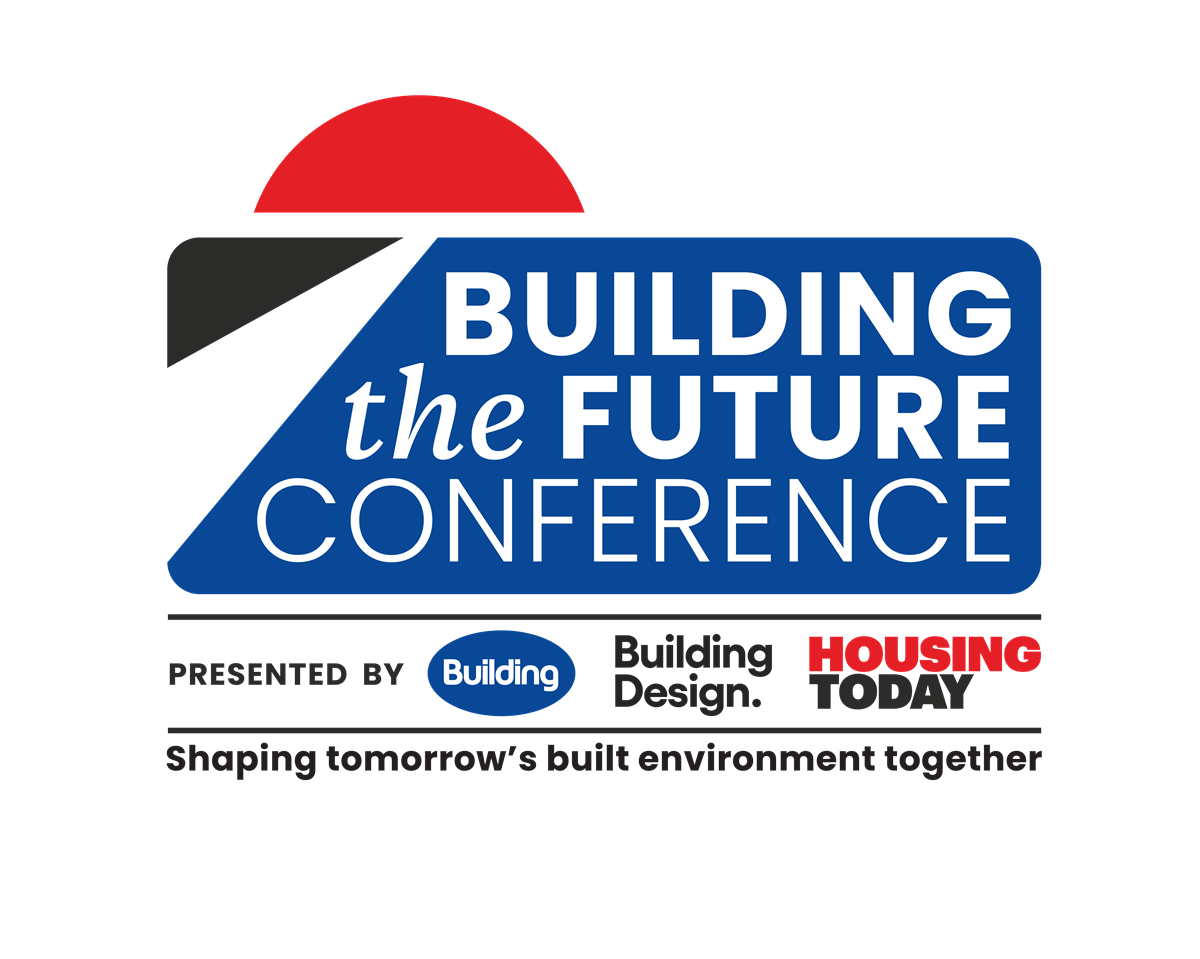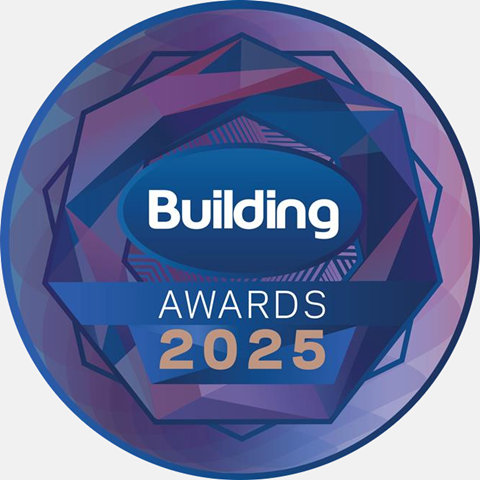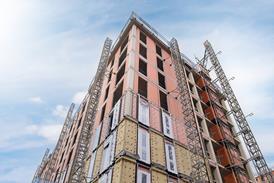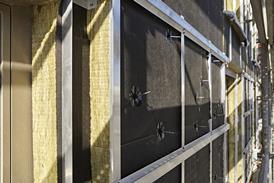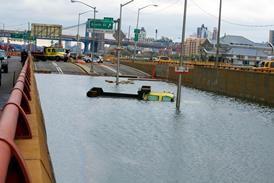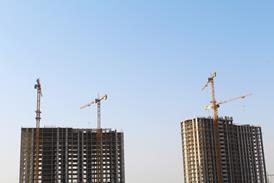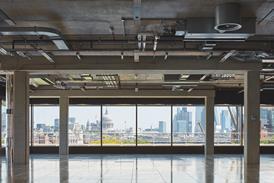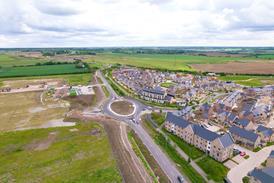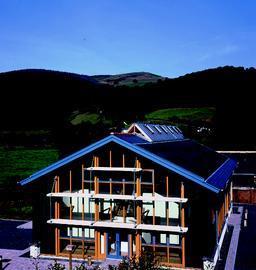The project based scheme created by the M4I's Sustainability Working Group provides environmental sustainability benchmarks against which building designers and users can compare their performance and set targets.
The EPIs focus on six categories: operational energy, embodied energy, operational water consumption, waste (in the construction process), construction transport and biodiversity.
"For too long we have been aspiring to be green without the mechanisms to turn general intentions into hard facts," says Rab Bennetts, chair of the M4I Sustainability Working Group.
"These EPIs can be used on nearly all building projects whatever the size, and represent a very important and positive step forward for the industry in attaining a better track record on sustainability" he adds.
Operational energy will detail the carbon dioxide produced as a result of the energy from fossil fuels consumed in the day-to-day operation of the building and will be measured in kgCO2/m2/year. It includes suggestions such as controlling solar gain, maximising good daylighting and the use of passive engineering techniques. Renewable energy will not be included in the measurements.
Embodied carbon dioxide will detail the carbon dioxide produced from the energy used in the extraction, fabrication and transportation of the materials used in the construction and will be measured in kg CO2/m2. Energy reduction techniques are recommended such as the use of local labour and materials, prefabrication and right first time construction methods.
Water usage will record the amount of mains water used in the operation of the building, excluding greywater or recycled water.
Waste in the construction process will be measured in m3/100 m2 floor area. This will cover waste sent for disposal from site operations, but will not include that sent for recycling or reuse.
Biodiversity indicators will measure the actions taken to maintain, protect and improve the flora and fauna on site, while the transport indicator is intended to measure the impact of the transport used to deliver staff and materials to site. However drawing up benchmarks for these last two indicators has proved more difficult. The M4I report states that: "Established datasets were found for the majority of building types for only three of the indicators: operational carbon dioxide emissions, embodied carbon dioxide and water consumption. For waste only limited data was available and has been used to provide preliminary benchmarks for homes and offices."
No firm date has been set for the release of figures for the outstanding benchmarks but BRE's Centre For Sustainable Construction is aiming to collate information by Spring 2002.
Each EPI will be developed to cover offices, housing, retail outlets, hospitals, educational buildings and infrastructure/civil engineering.
In a similar manner to Key Performance Indicators, the benchmarks for each construction type are presented using wind-rose diagrams. A range of values is given for each benchmark, with the arm of the wind-rose partitioned into four colour coded ranges, green data representing the range for the best 25% quartile from the dataset, red representing the worst 25%, and yellow and amber representing those in between.
Source
Building Sustainable Design
Postscript
To download a copy of the report Environmental Performance Indicators for Sustainable Construction visit: www.m4i.org







